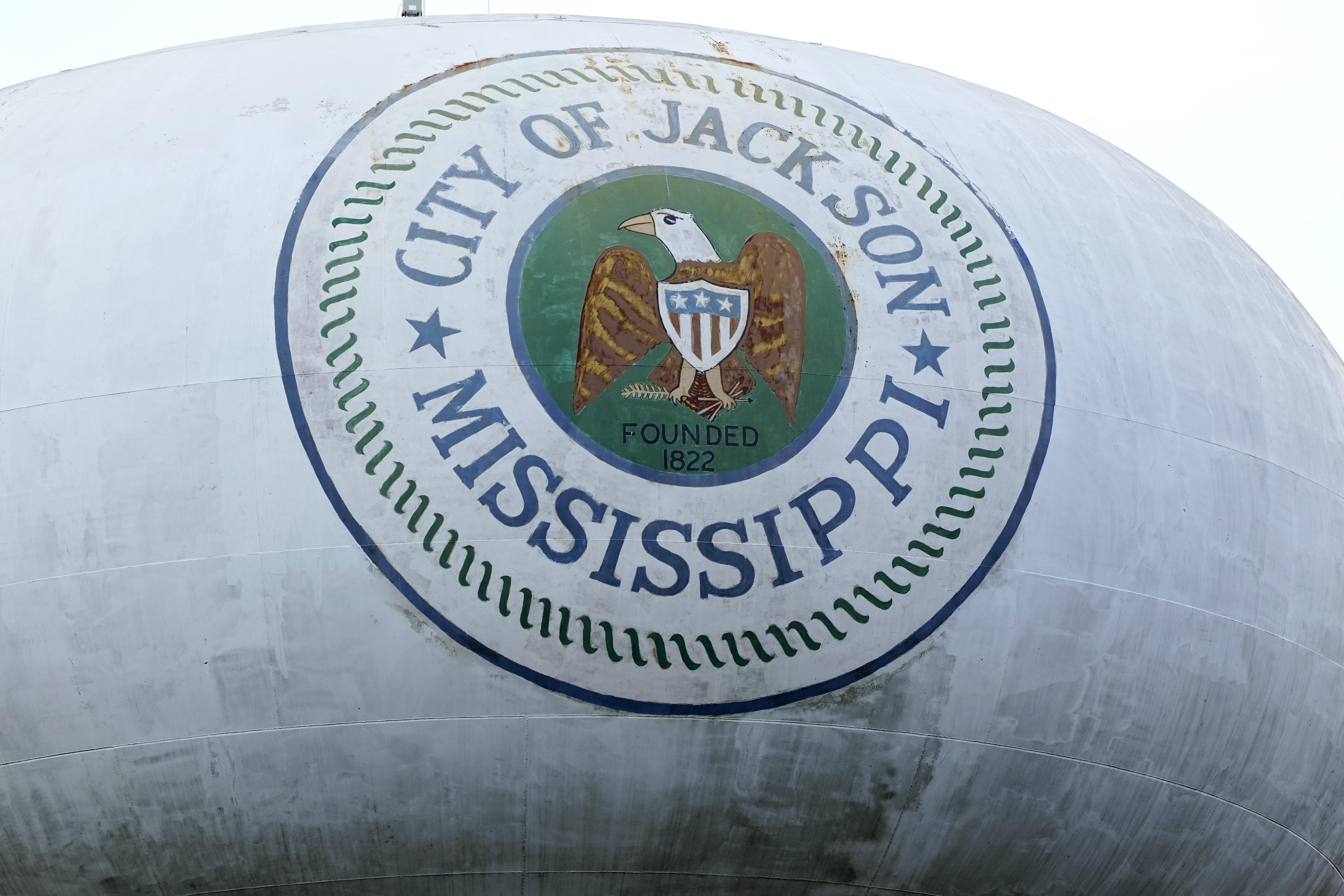According to the ALA, the combined emissions of six key air pollutants, which includes ozone and fine particle matter, has fallen by 78% since the passage of the 1970 Clean Air Act.
Despite decades of improvement, the “State of the Air” report found that nearly 25 million more people are living with poor air quality than last year, bringing it up to over 156 million people — or 46% of Americans — who live in places with unhealthy levels of ozone or particle pollution.
This year, ALA is advocating for people to support and protect the EPA, which plays a vital role in improving air quality.
“If we don't, we know that regulations may be removed and the air quality that we see and experience today, which is still unhealthy, could potentially get worse,” Lyerly said.
Lyerly pointed to what air quality was like before the passage of the federal Clean Air Act and other standards.
“If you live in the Birmingham area or even really anywhere in the Southeast, if you're around in the 1960's... You might have remembered walking outside and seeing that the air was not clear — because of pollution,” Lylerly said.
Without those protections, Lylerly said air quality could potentially worsen.
The ALA also recommended defending EPA rules that were designed to strengthen air quality, such as:
- Stronger annual fine particulate matter pollution standards
- EPA rules to clean up methane and other air pollutants from the oil and gas industry
- Stronger standards for future cars
- Stronger carbon pollution limits on future trucks and buses
- Limit is on carbon emissions from future gas-fired plants, current coal-fired plants and some current gas plants
You can read the ALA’s full report here.




